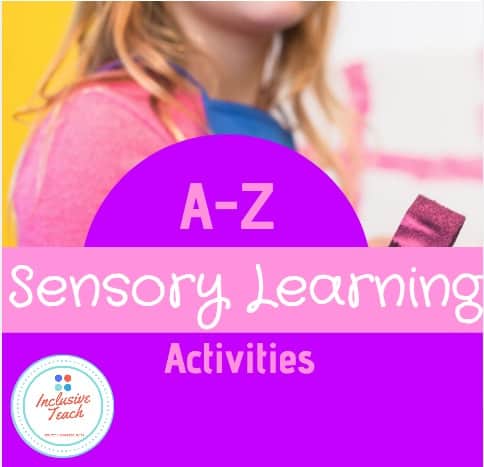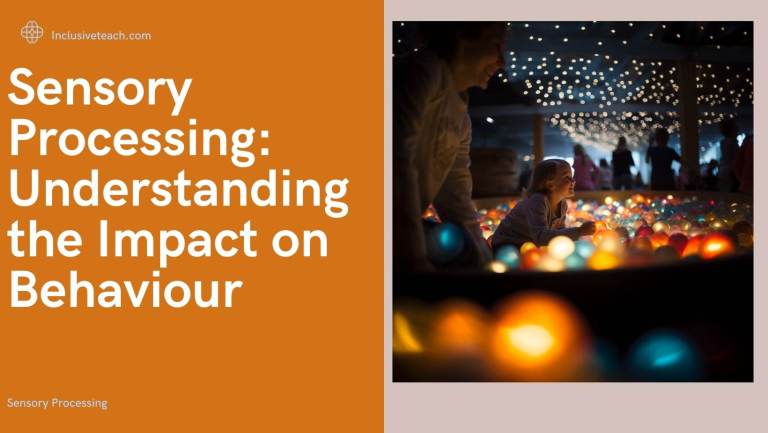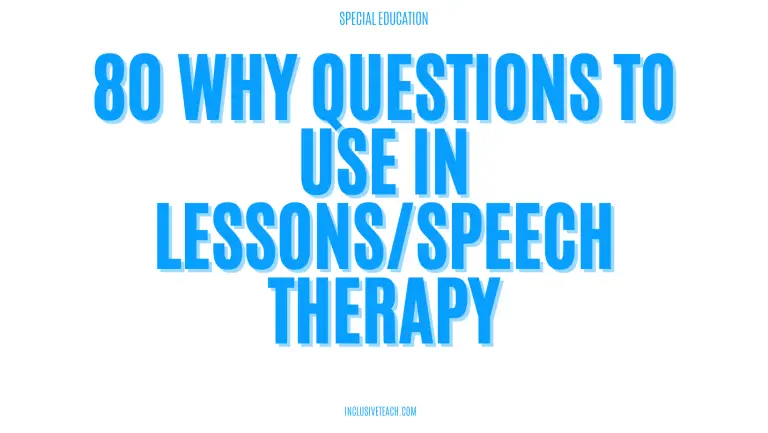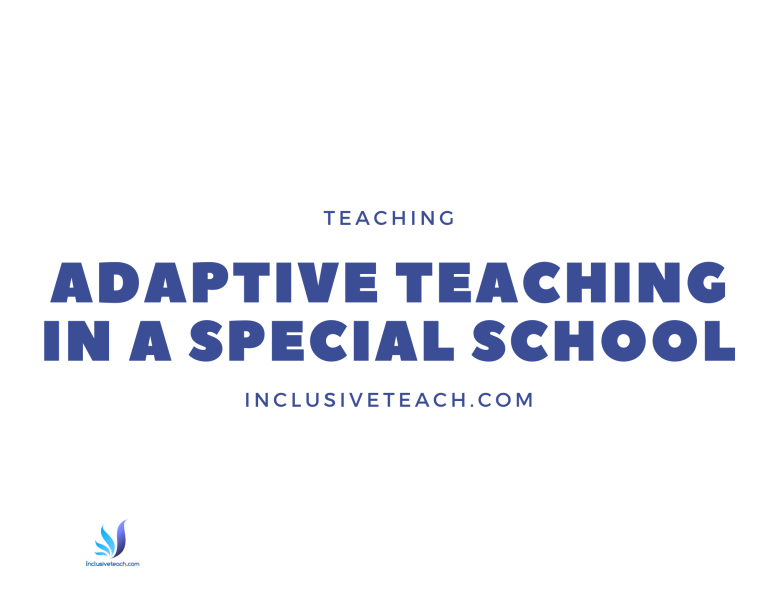Autism and Clumsiness: A Comprehensive Guide
Autism and Clumsiness: Why Does my Child Keep Falling Over?
Autism, or Autism Spectrum Disorder (ASD), is a developmental disorder that affects children and adults in a whole range of ways. It is known as a “spectrum” disorder because its symptoms and severity vary among those who have it. I really liked Donna William’s Autism Fruit Salad analogy. Among these myriad symptoms is clumsiness. While not often discussed, can significantly impact the daily lives of autistic children. It does with our children.
How clumsiness manifests in Autism
Clumsiness in autistic children can present in various ways:
- Motor skills delays: Children with autism may experience delays in developing motor skills, such as picking up small objects, writing, or tying shoelaces
- Difficulty with coordination: Tasks that require coordination, like catching a ball or riding a bike, can be particularly challenging.
- Difficulty perceiving depth and distance accurately: This might make it hard for them to navigate their environment safely and confidently. Sometimes this can lead to the child developing a unique walking gait. For our son it makes stairs difficult to navigate.
- Difficulty tracking moving objects: They might struggle to follow the path of a thrown ball or a person walking across the room.
- Tendency to bump into objects and trip easily: This can lead to frequent minor injuries and the child being labeled as “clumsy.”
Potential causes of clumsiness
While the exact causes of clumsiness in autism are not fully understood, several factors are thought to contribute:
- Differences in sensory processing: Children with autism often process sensory information differently, affecting their ability to interact with their environment.
- Issues with motor planning and execution: Some autistic children have difficulty planning and carrying out unfamiliar motor tasks.
- Nervous system dysfunction: Autism is associated with various nervous system dysfunctions that could affect motor control
- Underdeveloped motor cortex: Some research suggests that the part of the brain responsible for motor control, the motor cortex, might be underdeveloped in autistic children.
Impact on everyday life
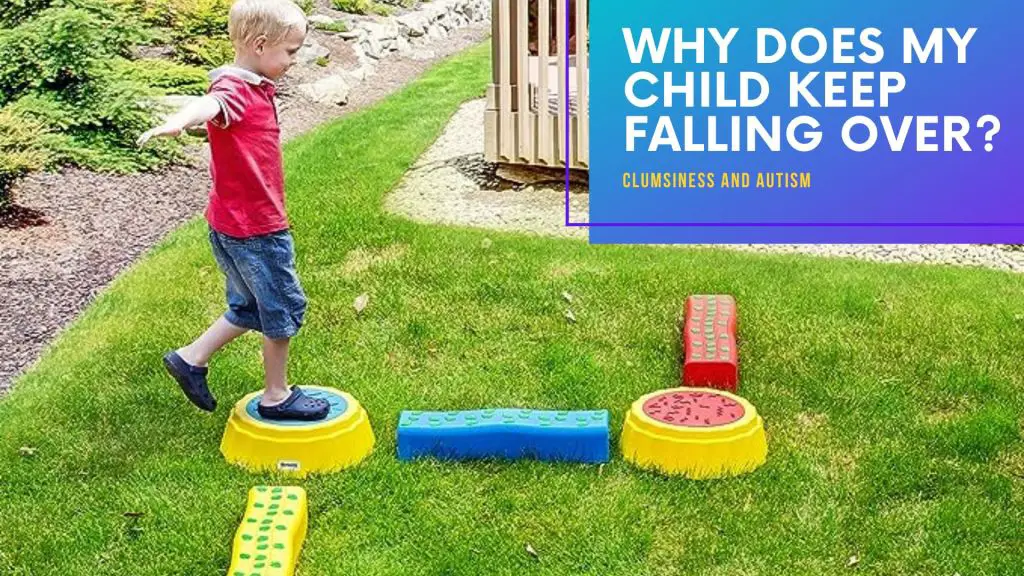
Clumsiness can have significant impacts on a child’s everyday life:
- Difficulty with self-care tasks: Things like brushing teeth, getting dressed, and using utensils can become challenging.
- Trouble participating in sports and other activities: Their motor difficulties can make it hard for them to engage in sports and physical play.
- Lower self-esteem and social isolation: Repeated failures and difficulties can lead to lowered self-esteem and social isolation.
- Increased risk of injuries: They are more prone to accidents and injuries due to their lack of coordination and spatial awareness.
How can we support our child to reduce clumsiness?
There are several strategies and therapies that can help kids with autism improve their motor skills and coordination:
- Physical and occupational therapy exercises: These therapies can help improve fine and gross motor skills
- Using visual cues and reminders: Visual aids can help a child better understand and navigate their environment.
- Adapted sports and recreation programs: These are sports and activities modified to suit the capabilities of children with aa range of disabilities. In Kent we have a great organisation called Inclusive Sport that make sure all their activities are accessible.
- Sensory circuits: Sensory circuits can help children process sensory information more effectively, improving their interaction with their environments.
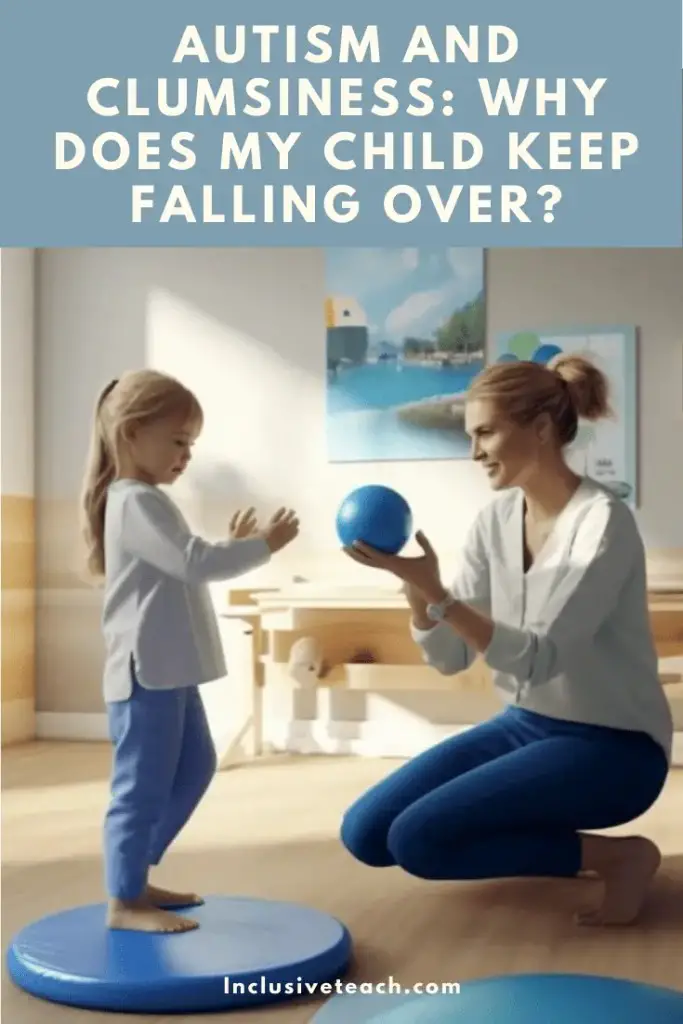
Conclusion
Clumsiness in children with autism, while often overlooked, can significantly impact their daily lives. However, with the right support and interventions, such as physical and occupational therapy, adapted physical education, and sensory integration therapy (although evidence for this is lacking), these children can improve their motor skills and coordination.
As a parent or caregiver, seeking advice from occupational therapists and other professionals can provide the strategies and support you need. Above all, remember to be patient, supportive, and understanding. Every step forward, no matter how small, is progress.
References:
Autism Spectrum Disorder – NHS
Development of fine motor skills is associated with expressive language outcomes in infants at high and low risk for autism spectrum disorder
Gross Motor Impairment and Its Relation to Social Skills in Autism Spectrum Disorder: A Systematic Review and Two Meta-Analyses
Sensory integration therapy for autism spectrum disorders: A systematic review, Research in Autism Spectrum Disorders


